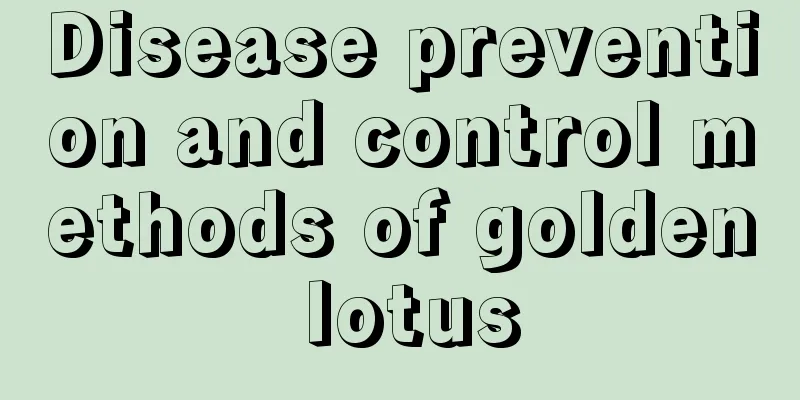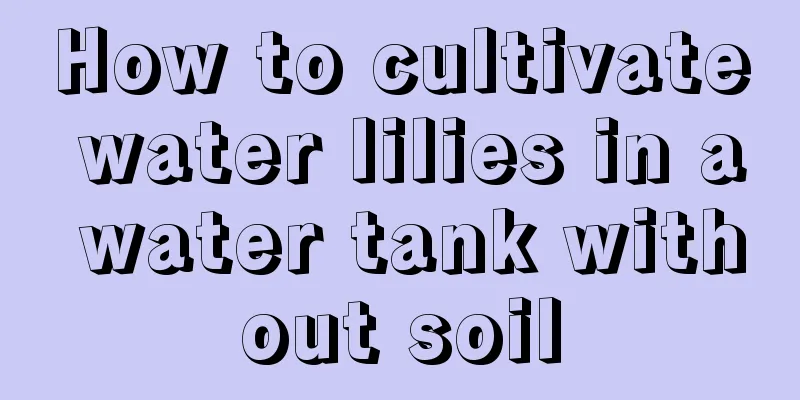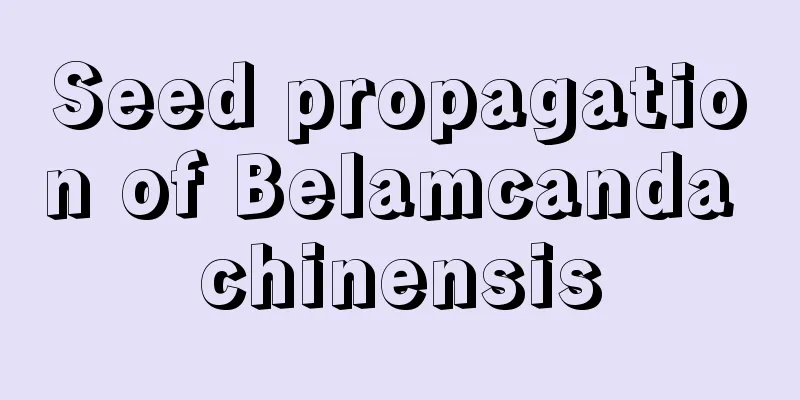Disease prevention and control methods of golden lotus

Leaf spot disease of nasturtiumSymptoms and patternsThe leaf spot pathogen overwinters in diseased remains or on the surface of the ground, and is spread by wind and rain to infect the host during the disease period the following year. Continuous cropping, overly dense planting, poor ventilation and excessive humidity are all conducive to the disease. Prevention and treatment methods1. Remove diseased tissues promptly and burn them in a centralized manner. 2. During daily maintenance, you should pay attention to ventilation, sterilization and disinfection, and drain stagnant water in time to prevent root rot. 3. Start spraying pesticides from the early stage of the disease to prevent the disease from spreading. Commonly used agents include 1000 times of 50% thiophanate, 500 times of 70% mancozeb, 400-600 times of 80% mancozeb, 500 times of 50% captan, etc. Pay attention to the alternating use of drugs to prevent the bacteria from developing drug resistance. Nasturtium wilt diseaseSymptoms and patternsThe vascular bundles of the affected plants are infected, and symptoms usually do not appear until the adult stage. In the early stage, the leaves appear to be dehydrated, or yellow spots, reticular discolored spots, etc. The leaves of seriously diseased plants fall off one after another, and eventually the whole plant dies. The pathogen can overwinter in soil, diseased debris or fertilizer and can survive for many years. Prevention and treatment methods1. Seed disinfection: Soak the seeds in 56°C warm water for 5 minutes before sowing. 2. Spraying 500 times diluted 50% thiophanate wettable powder can be used for prevention and control. 3. During daily planting, you need to pay attention to ventilation, sterilization and disinfection to avoid the growth and attachment of pathogens. Common insect pests of nasturtiumPestsThe main ones are the cabbage looper, cabbage butterfly, whitefly, red spider, mole cricket, wireworm, etc. Prevention and treatment methodsIt is necessary to apply non-polluting pesticides such as pyridamole, cypermethrin, and diazinon in time to kill the weeds so as not to affect the growth of nasturtium. Protect the natural enemies of various plants and use the mutual restraints between species to carry out prevention and control. |
>>: Common diseases of lotus bamboo and their prevention and control methods
Recommend
Does the fortune tree like water?
1. Do you like water? The money tree likes water....
The benefits of placing bamboo cypress indoors (Is it good for human health to keep bamboo cypress at home)
What are the benefits of growing bamboo cypress p...
How to grow peony in potted plants
1. Pot soil preparation There are not too many re...
Breeding methods and precautions of lion's tail
1. Maintenance methods 1. Soil: Lion's tail d...
The difference between radish and green radish
1. Leaf Difference The leaves of the Chinese knot...
How long does it take for sunflower seeds to bloom? How long does it take from seeds to bloom?
How long does it take for sunflowers to bloom? It...
The flower language and meaning of lotus bamboo
Lotus bamboo flower language The flower language ...
How to grow Pittosporum
1. Maintenance methods 1. Temperature: The most s...
How to care for the newly bought flying feather arrowroot
1. Soil The soil requirements of the arrowroot pl...
Cucumber seed seedling raising method
1. Seedling raising time There are two main time ...
What flowers are suitable for growing in Dongguan? What are the city flowers and trees?
1. Dongguan’s climate characteristics Dongguan ha...
How much celery yield per mu
Introduction to Parsley Parsley is a plant of the...
Are the flowers in my house male? Why are there only leaves but no flowers?
Bougainvillea Tips for promoting flowering: water...
Agave growth environment, how can Agave grow quickly
1. Growth Environment It is native to the tropica...
How to eat lettuce and how to cook it
1. Eat raw Lettuce can be eaten raw. First, pick ...









